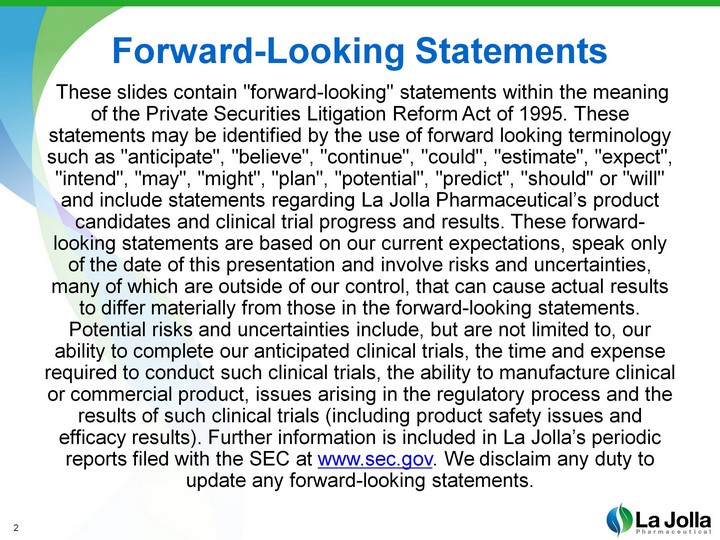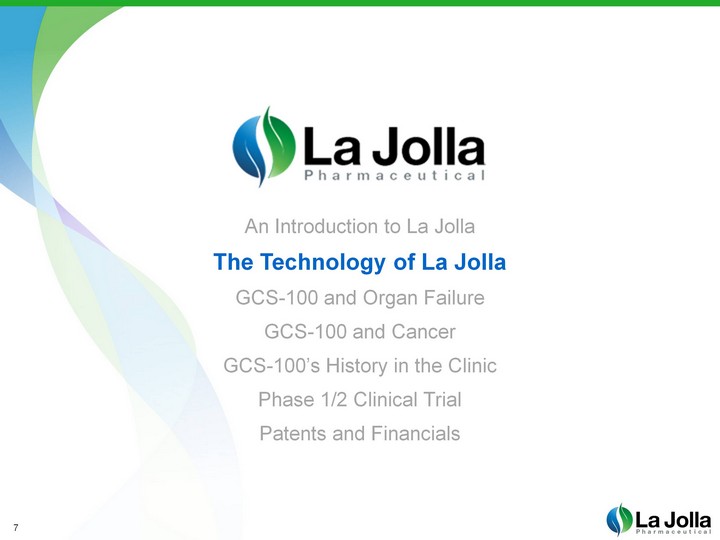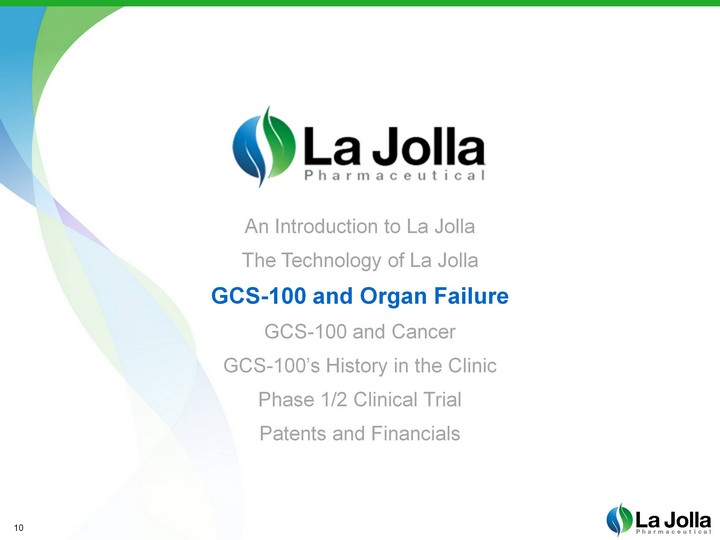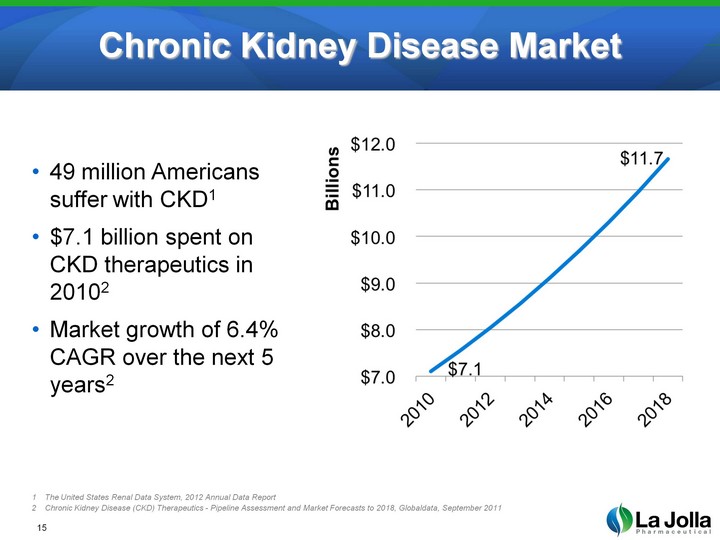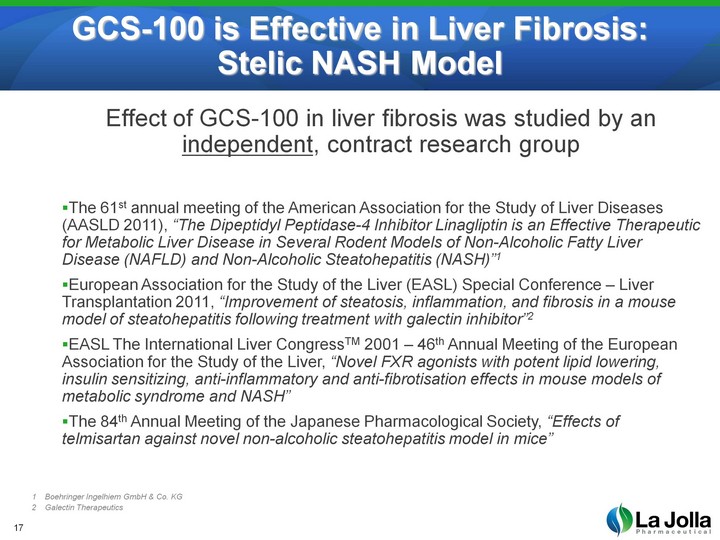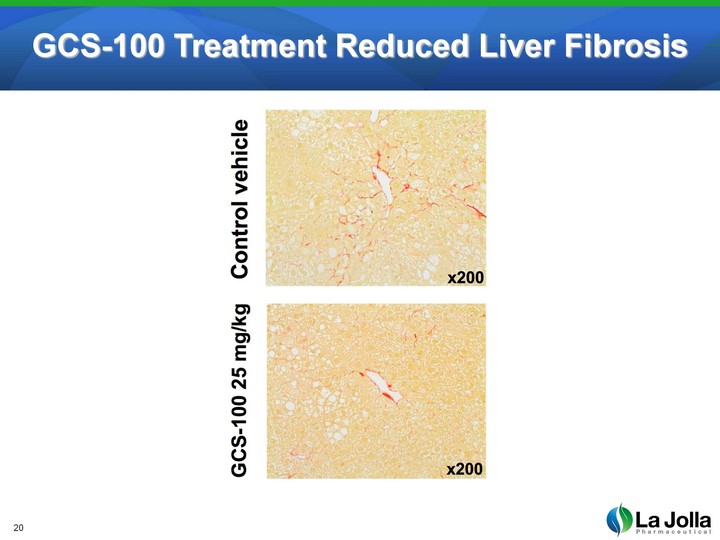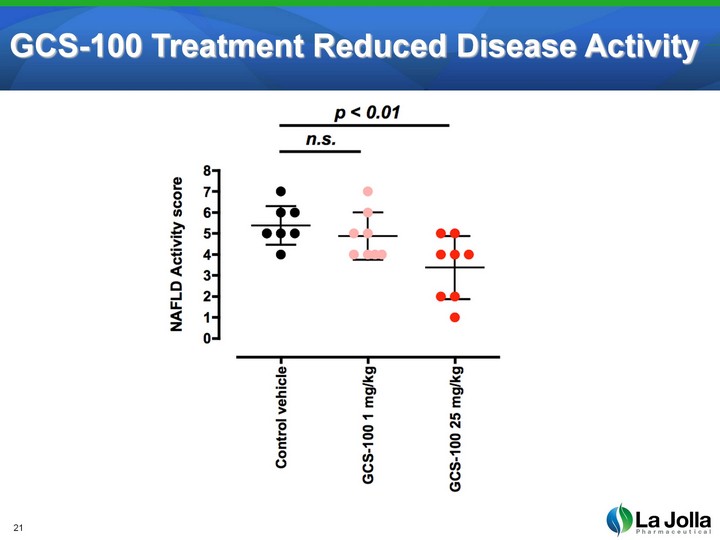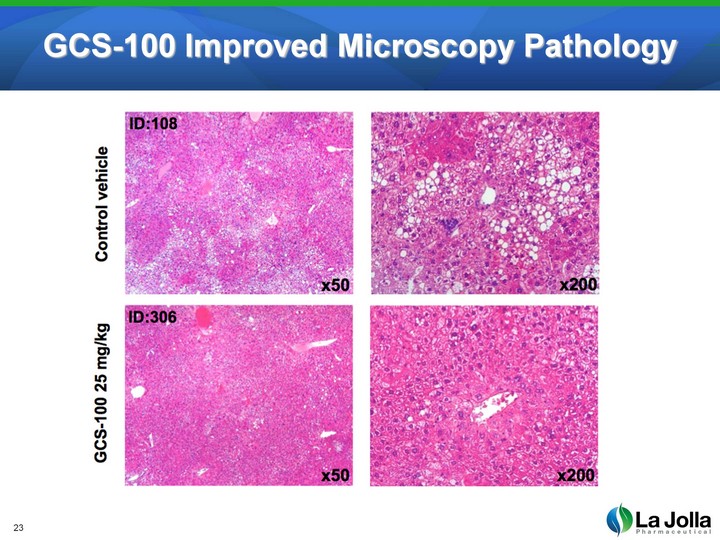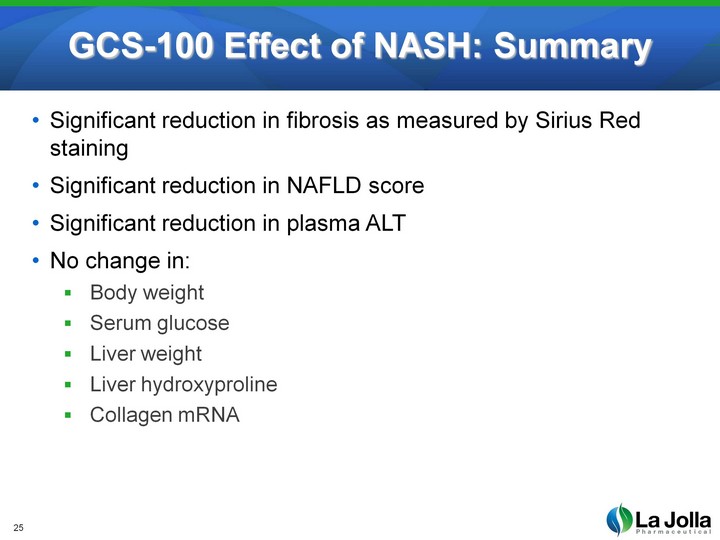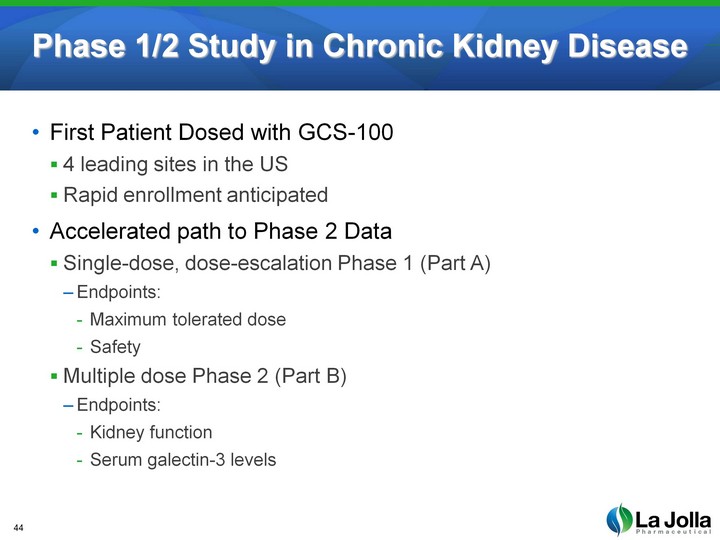Free signup for more
- Track your favorite companies
- Receive email alerts for new filings
- Personalized dashboard of news and more
- Access all data and search results
Filing tables
LJPC similar filings
- 29 Apr 13 Other Events
- 4 Apr 13 La Jolla Pharmaceutical Company Announces Fourth-Quarter and Full-Year 2012 Financial Results and Highlights Recent Corporate Progress
- 5 Feb 13 La Jolla Pharmaceutical Company Receives Notice of Allowance for Patent Covering Modified Pectin Compositions
- 4 Feb 13 Regulation FD Disclosure
- 31 Jan 13 La Jolla Pharmaceutical Company Provides Corporate Update at 2013 Orlando World MoneyShow
- 28 Jan 13 La Jolla Pharmaceutical Company Announces First Patient Treated in Clinical Trial of GCS-100 in Chronic Kidney Disease
- 17 Jan 13 La Jolla Pharmaceutical Company to Present at the 2013 Orlando World MoneyShow
Filing view
External links

